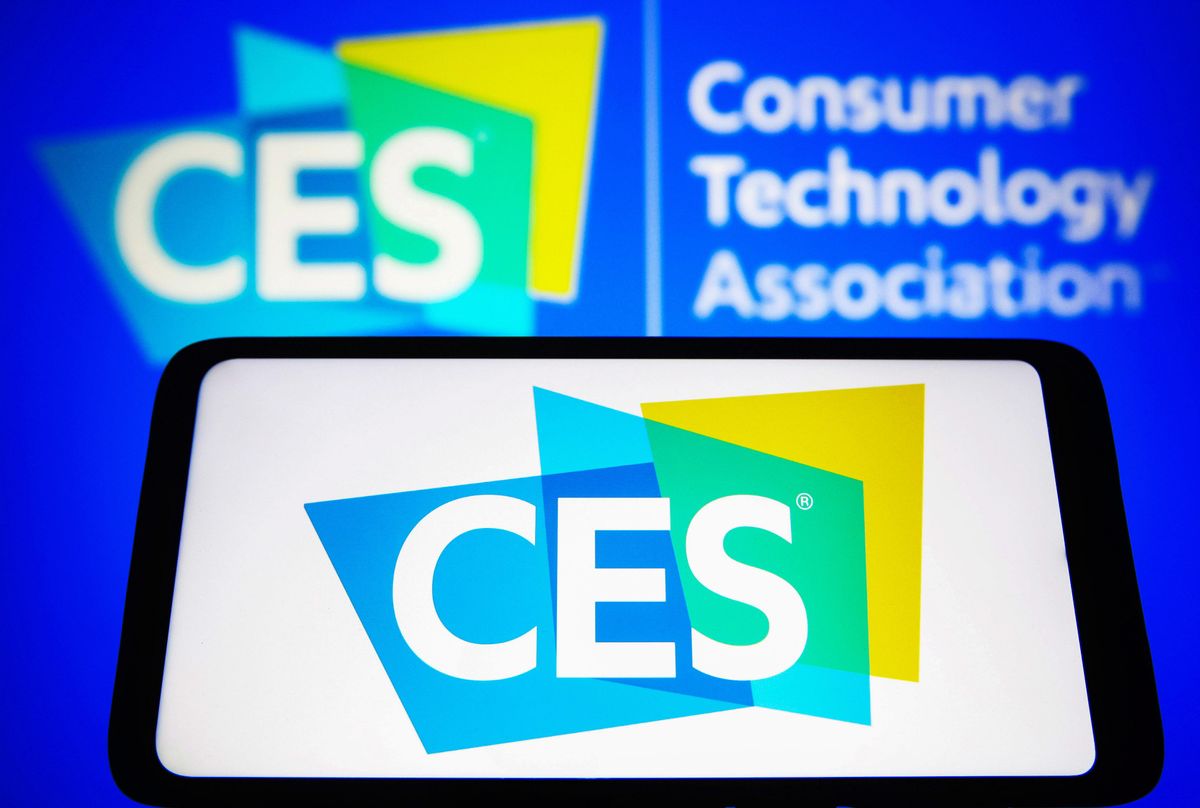Like many consumer technology professionals and members of the press, I had been planning to attend CES, the gigantic annual consumer electronics show, in person this year. That is, until about a week ago, when the current COVID-19 surge made travel, dining out, and spending time indoors surrounded by large numbers of strangers seem like bad ideas.
Of course, exhibitors, including new and smaller companies, had been sending out press releases, hoping to entice media to tear themselves away from the attention-grabbing gigantic TV screens and media walls erected by the deep-pocketed consumer electronics behemoths. A number of gadgets touted in these emails did seem worth seeing—and in many cases trying—in person. Alas, that won’t be happening this week.
So, from my inbox view of CES, here are my top three product categories that fall outside the consumer electronics mainstream. In each case, I received advance word from two companies with similar products, more than likely indicating the tip of a trend rather than being mere coincidence.
Flying Cars
All signs indicate that it will be 2023 or 2024 before any of the wannabe flying-car companies get real products off the ground, but two companies will be teasing CES attendees with flying-car prototypes.
Tokyo-based SkyDrive promises a demonstration model (not yet autonomous) of its electric vertical-take-off-and-landing (VTOL) one-seater. The company is aiming to use the flying car as an air taxi at World Expo 2025 in Osaka.
MACA, based in southeastern France, plans to give a sneak peek at its hydrogen-powered Carcopter at CES, with the first presentation of fully working models slated for the Paris Air Show in 2023. Alas, MACA did not ship its latest prototype to Las Vegas, but plans to use augmented reality to show off the current design.
Sensor-laden Rings

Honestly, I’m perfectly happy with the wristband form of health-and-fitness wearables, but because consumer gadgets inevitably get bigger (TVs) and smaller (everything else), my next wearable will instead have to slide onto one of my tiny fingers.
Two companies are bringing health-and-fitness rings to CES: Circular and Movano. They aren’t the first to cram biometric sensors into a rechargeable ring—others have tried, and Oura succeeded, in bringing such a product to market. The Oura Ring has been monitoring activity, heart rate, and temperature for several years now; a US $300 third-generation ring, released late last year, added a sensor to track blood oxygen levels. (It also added a $6 monthly subscription fee for new purchasers.) Oura is a successful enough product that it’s not surprising to see competitors attempting to enter the marketplace.
Circular, based in Paris, hopes to attract consumers to its smart ring by mapping vital signs, including blood oxygen levels, to daily activities. It has also added the ability to vibrate, allowing push notifications when heart rate or blood oxygen numbers are problematic. The company has yet to release specifics on pricing.
Movano, based in Pleasanton, Calif., is aiming its Ring at women (by promising a smaller, sleeker wearable). Initially, the Movano ring will collect heart-rate data, respiration, temperature, blood-oxygen saturation, activity, and calorie intake (I’m guessing that last feature involves the app rather than the ring, but will update if I find out otherwise). Movano aims to add blood glucose and blood-pressure monitoring in future versions. Again, no pricing information has been announced.
Not showing at CES but sitting on my desk and charging at the moment is the Circul+ Ring from Prevention. It tracks heart rate, temperature, oxygen saturation, blood pressure, and can record an ECG. It’s not as sleek or as decorative (at least not at this point) as its competitors, but it’s promising to monitor more biometrics than the sleeker devices. I plan to put this $300 gadget through its paces over the next few weeks, though algorithms for some of the functions are still being regularly updated. Though it’s a little large for everyday wear, if I had a medical condition (like COVID) that had me concerned, I would make it work.

At least two companies are hoping to bring nonpowered exoskeletons to market. Why do so at CES? They aren’t electronic devices per se, yet they were obviously inspired by electrically powered exoskeletons, so I’m calling it fair. I would have been excited to try these out in person, particularly toward the end of a long, tiring day on the show floor.
Archelis of Yokohama, Japan, is aiming its exoskeletons at surgeons and factory workers who spend long hours standing. The company says the device “supports the body in a standing position,” reducing fatigue and preventing low-back and leg pain, while allowing users to move around naturally. No pricing has been announced.
Also from Japan, Innophys of Tokyo is using CES for the North American introduction of its Muscle Suit Every and Muscle Suit GS-Arm. The company says the two versions of its exoskeleton—one to support the body in a half-sit during lifting and the other to support arms when they need to be raised for an extended period. Both use compressed air, added and released manually, to assist the wearer.
- Choosing Sensors for Medical Applications - IEEE Spectrum ›
- Should You Trust Apple's New Blood Oxygen Sensor? - IEEE ... ›
- Cyberdyne's Medical Exoskeleton Strides to FDA Approval - IEEE ... ›
- Japan's Roadmap for Flying Cars - IEEE Spectrum ›
- CES 2023 Preview: A Stick-on-the-Wall TV, A Covid Breath Test, and More - IEEE Spectrum ›
Tekla S. Perry is a former IEEE Spectrum editor. Based in Palo Alto, Calif., she's been covering the people, companies, and technology that make Silicon Valley a special place for more than 40 years. An IEEE member, she holds a bachelor's degree in journalism from Michigan State University.



